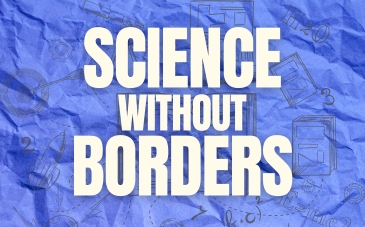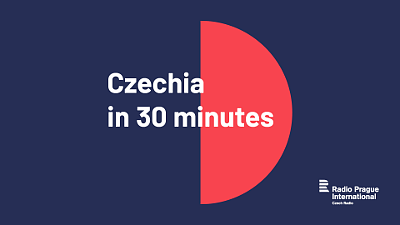Hungarians met Red Army liberators with fear rather than relief
The countries of Central Europe played different roles during the war. What was left of Czechoslovakia after the Munich Agreement a few months earlier, when the main European powers allowed Nazi Germany to annex huge parts of the Czech borderlands, split in March 1939 - Slovakia broke away to form what rapidly turned into a Nazi puppet state, and Hitler occupied the Czech part of the country, declaring the German Protectorate of Bohemia and Moravia. Further south, Hungary actively collaborated with the Nazis and the "liberation" of the country by the Red Army was met with fear rather than real relief, as WWII specialist Tamas Stark told Radio Budapest:
"After the occupation of larger cities, special Soviet units collected art treasures, western currencies and jewellery. Dozens of factories were dismantled and shipped to the Soviet Union. The mass abuse of civilians, women in particular, generated anti-Soviet feelings. In the eyes of many Hungarians these atrocities justified the anti-Soviet propaganda that was circulated by the Hungarian press during the war. In Hungarian minds, the memory of WWII cannot be separated from the memory of events, which came after the end of hostilities."
What was life like for ordinary Hungarians during the last months of the war?
"During the last months of the war afraid of the Soviet soldiers and the Soviet army and that left to a tremendous mass migration. To my best knowledge, about half a million Hungarian civilians left the country and moved to Austria and Germany. Life was extremely difficult because of the lack of food and about one third of the houses in Budapest were ruined due to the military operation."






